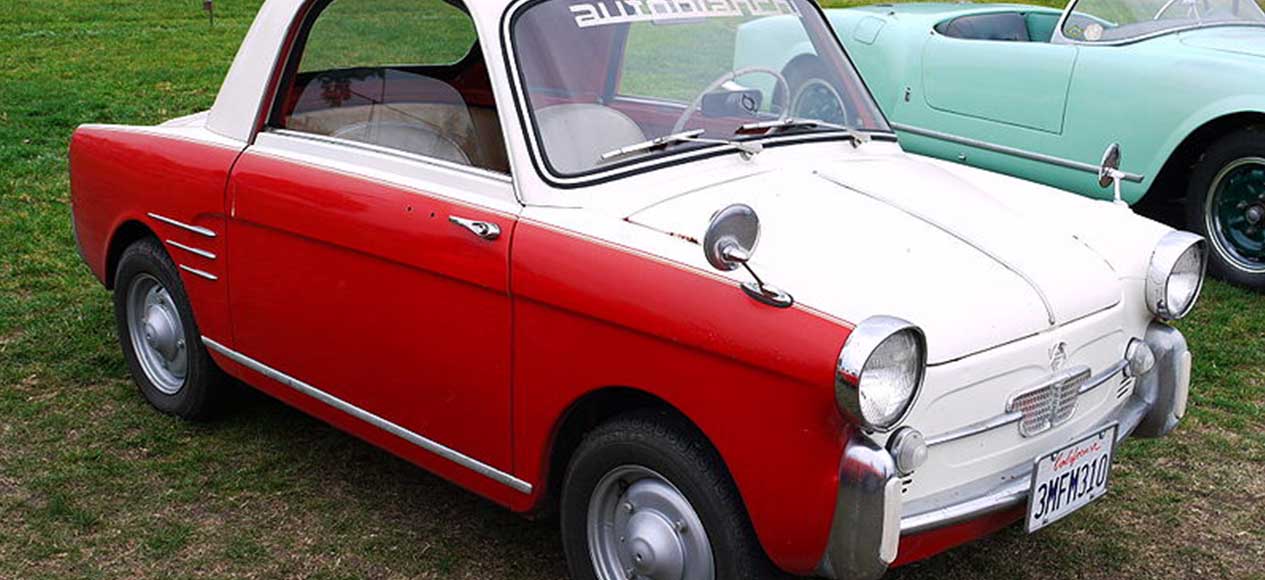Looking Into The History Of Autobianchi

Over the years, there have been a plethora of car brands that have risen up and disappeared. Some companies transitioned from one product to another, with a good example being Italian manufacturer Autobianchi. Originally bicycle developer, the company joined with Fiat and Pirelli to become an automotive juggernaut for a time. Autobianchi created quirky cars like the Bianchina and Y10, and we’re looking into the history of the company.
From bicycles to cars
In 1885, Edoardo Bianchi founded a bicycle company that grew to include passenger cars in 1899. After Bianchi died in 1946, the company passed into the hands of his son Giuseppe. Economic conditions forced him to focus on bicycles and motorbikes rather than to continue with cars.This was the case until general manager, Ferruccio Quintavalle reached out to Fiat and Pirelli to back a series of new models. The companies merged together, creating Autobianchi, with the agreement being signed in 1955. A new factory was set up in Desio in the Province of Monza and Brianza.Each partner had a part to play and specific interest. In exchange for providing technical expertise, Fiat wanted to expand into the small car market. Pirelli supplied the tyres while increasing their OEM market share and Bianchi prepared the bodies for the vehicles.The Bianchina became the first Autobianchi car. Based on Fiat 500 mechanics, it came with a two-cylinder 479 cc air-cooled engine and brand new body designed by Luigi Rapi. The Bianchina was positioned as a luxury, upscale car.
Ongoing success and decline
Inspired by the success of the Bianchina, the company developed other models. The next major car was the Stellina, which debuted at the 1963 Turin Motor Show. Taking a cue from the chassis of the Fiat 600D, the two-door spider had a fibreglass body, becoming the first Italian car with that kind of design. Although only 502 Stellinas were made the car was an important step for Fiat in developing new technology.Another significant model was the Primula, Fiat’s first attempt at a front-wheel drive car with a transverse engine. Built by Dante Giacosa, the Primula was launched under the Autobianchi brand to see how the public would react to the concept. The Primula received a favourable reception, causing Fiat to move all of its models to front-wheel drive.Eventually, Bianchi was forced to sell its share in Autobianchi because of a crisis in the motorbike market. Autobianchi was positioned under the control of Lancia, which led to two models being produced called the A111 and A112.The A111 took inspiration from the Primula, only it was larger and more spacious. The A112, presented as a front-wheel drive supermini, earned a loyal following. The A112 carried on for 17 years until it was replaced by the 1986 Y10. This car was branded by Lancia everywhere except in Italy. In 1996, the Autobianchi brand disappeared because it went into liquidation


